Question of the Week – Number 2: November 25, 2021
“Neil, I need a tall screen along the edge of my property. What would you suggest? Are bamboo and redtips options?”
This question actually came up three times on my radio programs in recent weeks. (I added the bamboo and redtip portions in case anyone might wonder.)
One caller needed a tall, dense evergreen to filter out the noise of a busy highway (Interstate) next to his property. It seemed the state had put a major water line through and had taken out a lot of his trees in the process. Another caller had neighbors uphill from his house and just didn’t want them peering down into his yard. The third man had heard the other answers, but he is planning on developing an RV park on property he owns. He asked about pines I might recommend for the North Texas area. (Where pines don’t exactly thrive.)
For larger rural areas, especially where eastern redcedars (Juniperus virginiana and other junipers) are native, they would be my suggestion. They grow to 35 feet tall and 30 feet wide. They look natural, and they’ve already proven their adaptability to those locales.

If you’re trying to keep things looking unplanned and natural I always suggest planting in irregular spacings 18 to 22 feet apart instead of straight rows. By zig-zagging the plantings you can actually break the lines of sight and sound more quickly than if you plant in one unnaturally straight line.
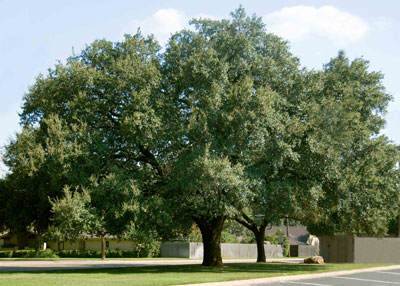
For anyone who wants a second tree species mixed in with the redcedars I would suggest live oaks. They commonly grow in the same settings as junipers and they’re also evergreen. Again, give them ample room (50 to 60 feet of ground space). They are the widest-spreading trees we have here in Texas.
It should be noted that some live oaks were damaged by the extreme cold of February, 2021. They are still outstanding landscaping choices, however.
For a smaller space…
If you have an urban lot but you still need privacy and a plant that will grow to be 15 to 20 feet tall, my first choice would be Nellie R. Stevens hollies. Space them 12 feet apart. They’re good in sun or shade, and they bear large red fruit all winter each year.
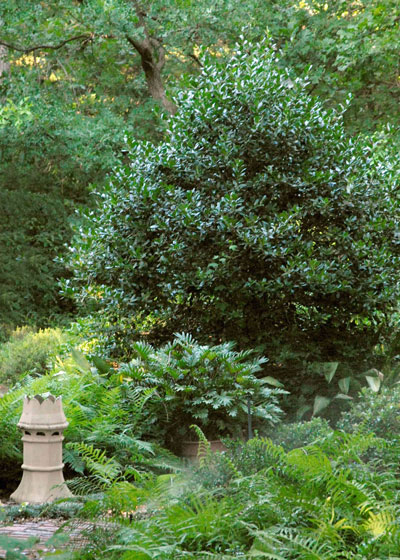
If you need something just a little bit shorter I’d go with Willowleaf holly (a.k.a. ‘Needlepoint’ holly) or waxleaf ligustrum. Each of those will grow to 8 to 10 feet tall. Space them 7 or 8 feet apart. Waxleaf ligustrums, unlike their cousins Japanese and Amur River privets, are not invasive. They grow best in full or partial sun. Waxleaf ligustrums were hurt by last February’s cold, but could still be considered. Willowleaf hollies are probably a better choice, and they will do well in sun or shade.
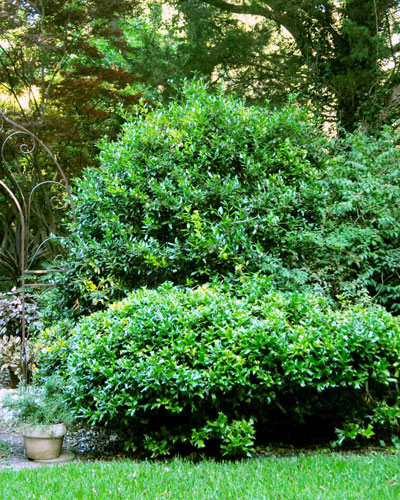
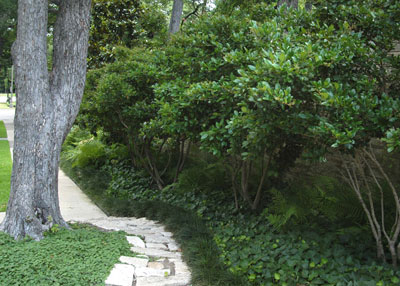
Two plants to avoid…
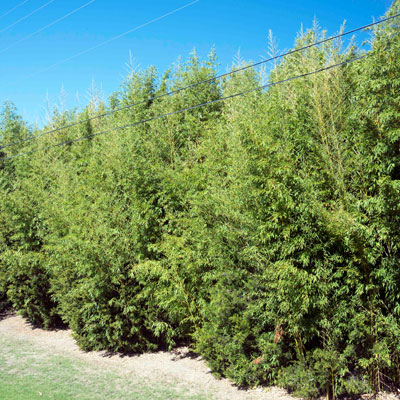
X Golden bamboo is perhaps the most invasive plant that people grow here in Texas. Once established it is extremely difficult to keep in bounds. It’s capable of covering large spaces over time, destroying landscapes and gardens in the process. If ever there were a list of plants that should be forbidden, I’d vote this one up near the top.
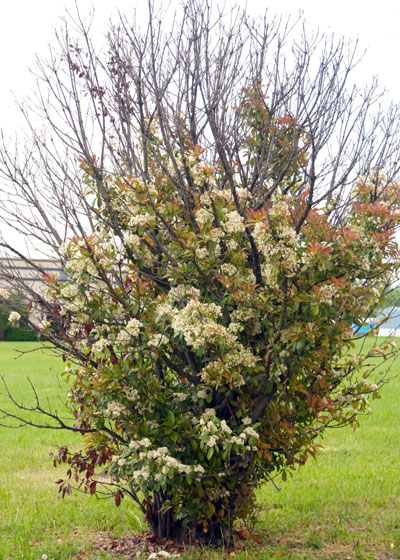
X Redtip photinia used to be used for precisely the type of screen we’re discussing, but Entomosporium fungal leaf spot has reduced it to a very poor landscaping choice. It’s almost a matter of not “if” but “when” the plants will die from the disease. Sadly, there is no fungicide that will prevent or stop its invasion. Now the disease has spread to closely related Indian hawthorns as well.
